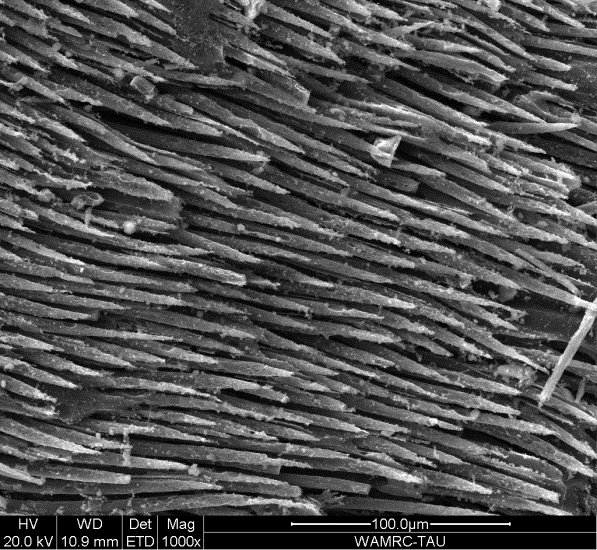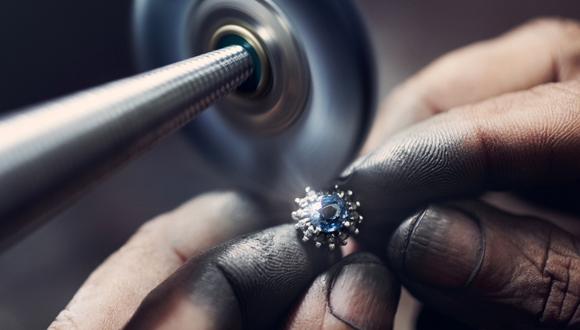What materials is the world made of?
How has the science of materials affected our lives? Why do British people put milk in their tea? And what does that have to do with the clothes we’ll be wearing in the future?
Have you ever considered the profound effect the materials we find around us – steel, silver, stone – have on our daily lives? From the dawn of time, human cultures have used whatever rocks or metals were available to them to create tools, clothes, shelter and everything else we’ve needed for survival.
Thanks to modern science, we’ve been able to come up with materials that seemed like fantasy to our ancestors. In the Middle Ages a blacksmith was as close to a magician as most people could get: the technique of turning solid, heavy metal into a liquid and then back into an entirely different shape was a huge technological advancement. So, if we invented plastic a little over a century ago, imagine what amazing, inconceivable materials scientists could develop in the future?
And if you’re short on imagination, Dr. Noa Lachman, a scientist from the Department of Materials Science and Engineering at TAU’s Faculty of Engineering can give you a few ideas.
A cup of English tea
“The struggle to get better materials has defined human culture in many ways,” Dr. Lachman says. “Not just in terms of the “stone age” or the “iron age”, but also in little, everyday ways. For example, have you ever wondered why tea, which originates in China, is traditionally combined with milk in England? It’s because Chinese ceramics were stronger and could handle higher temperatures, while inferior British ceramics would crack if you poured boiling water over them. So, when England discovered tea, they had to mix it with something colder to avoid cracking their cups.”
Another example, according to Dr. Lachman, is nylon. “During World War II, there was a shortage of silk that led to a severe shortage in women’s stockings, which were a very common item of clothing at the time. Manufacturers had to come up with a solution, and so nylon was developed – a material that’s much cheaper that’s been in use ever since. And not just for stockings, either. Nylon is used for a huge variety of the plastic products we take for granted today – including toothbrushes, oven bags, car tires and even guns.”
Faster than a race car
The constant struggle to improve the materials we have is still ongoing, in every industry including fashion. Consider that we now have clothes that can repel UV radiation, evaporate sweat and are resistant to wrinkles. Only a few decades ago, a shirt that can do any of these things would have seemed like science fiction to the average person. Imagine how adjustable we could make our clothes in the future – like shoes that change color to match your outfit, or a blanket that can keep you both warm and cold, depending on the temperature in an airplane.
Speaking of airplanes, Shira Hadar, a Master’s student at the Department of Materials Science and Engineering, has been working on a project to improve the quality of brakes used on airplanes. She’s found that the carbon ceramics used for the brakes wear out sooner than they should, increasing the risk of accidents and requiring frequent maintenance. She’s now working on finding out why, so that hopefully the material can later be improved or replaced. This project could not only increase airplane safety, but also affect the manufacturers of race cars, like the ones that compete in Formula 1, and allow them to make the cars more efficient.
 |
 |
| Figure 1: Carbon ceramic after 1 heating cycle | Figure 2: Carbon ceramic after 4 heating cycles |
So, from planes to pants to tea, the world around us is made of materials – some naturally occurring, some of our own construction. Here’s to the next discovery finally getting us those flying cars.






